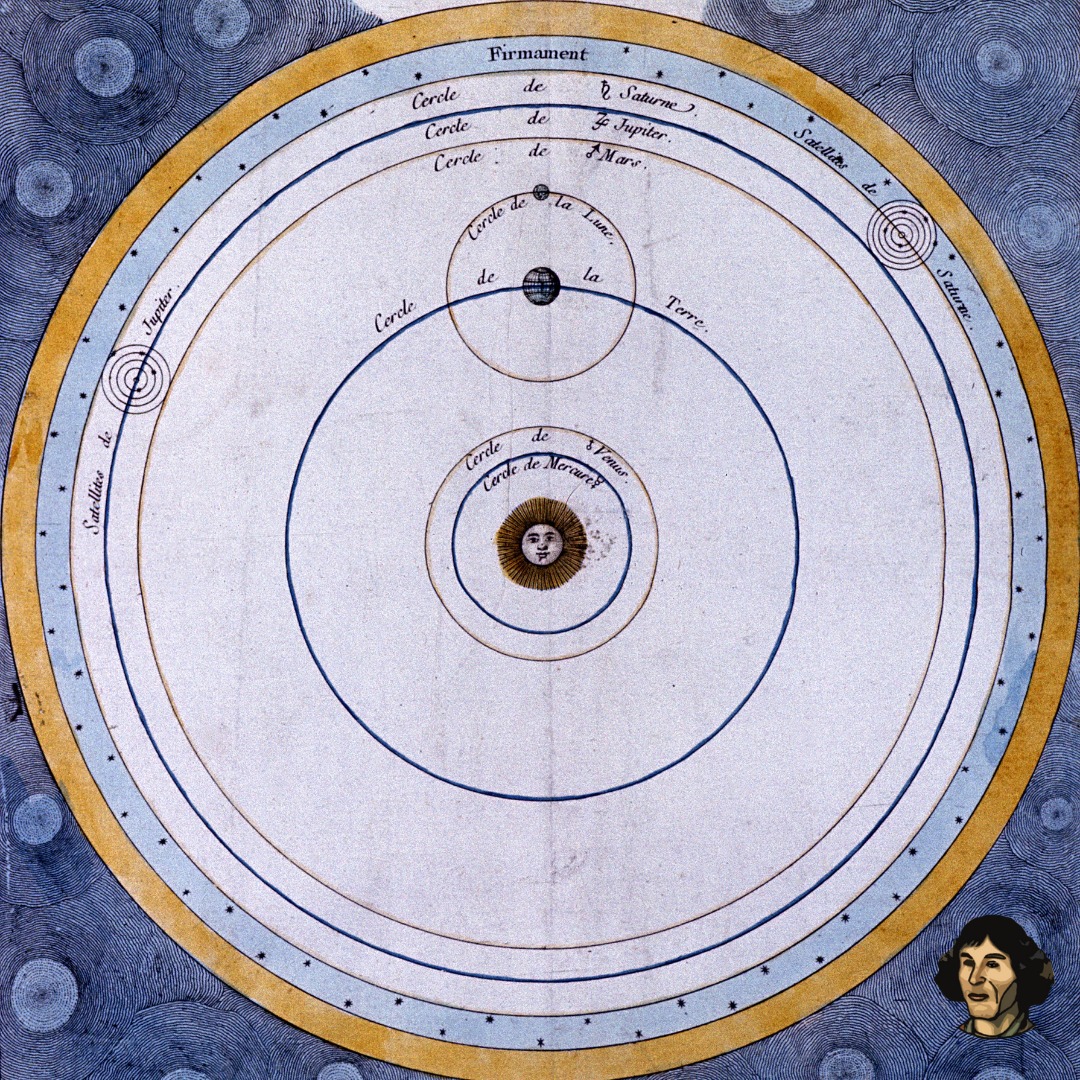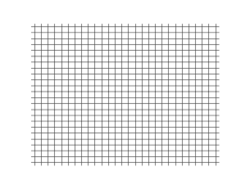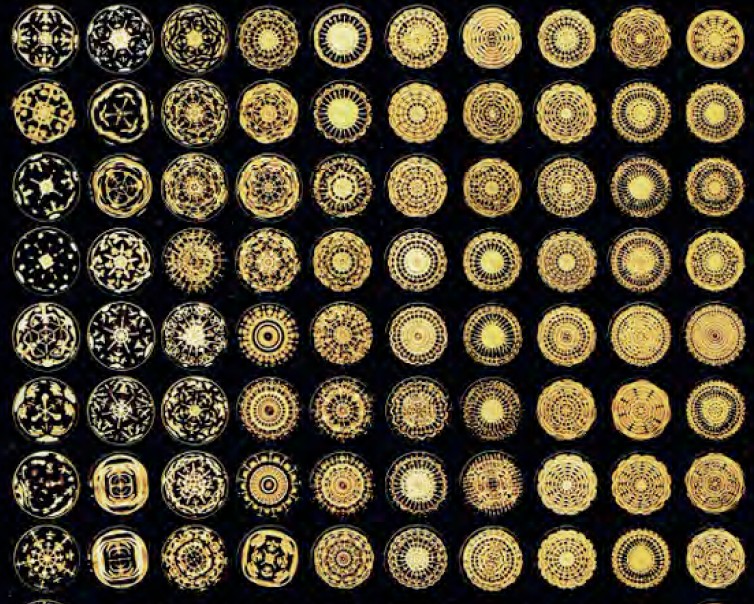Human beings know a lot about sound - it created the universe - the mechanics behind it, and sound has the power to heal and to harm the human body and psyche too. Yet, science grapples with its study. And for the most part, struggles to come to any definitive solid measured conclusions on how sound directly works on the energetic and physical bodies we house or how it heals them. Still, some known facts like sound frequencies are used to break up kidney and gall stones in the body, allowing them to pass naturally without surgical intervention. We also know sound induces relaxation, which lowers anxiety and stress. Everything has a vibration, and the mind-body connection exists.
Even though our knowledge continues to expand with theories, data, and some other known facts, we do not know enough. Luckily, scientific revelations arise all the time. Our enthusiasm curiosity to solve problems naturally and heal the body reminds us to rely on new discoveries and keep our minds open as we move forward. For example, even though ‘nobody ever imagined that sound waves might also have magnetic properties’ (Joseph Heremans, 2015), just a few years ago, a team of scientists offered experimental proof that sound waves do interact with external magnetic fields.
Since phonons carry sound and heat but are not classically associated with magnetism, it is a crucial piece of information. The study shows that phonons are sensitive to magnetic fields. No one had proven this before, so it was an important discovery for scientists. You might be asking WTF is a phonon if this isn’t in your wheelhouse of knowledge. We’ll get to that, but I am only bringing this science fact to light here because this is newer information. And this can become the basis for an entirely new or expanded way for us to understand how sound works in other ways with other forms of matter. After all, knowledge isn’t simply a set of facts; it is an experience and our understanding of them.
As much as new information is imperative, there is ‘old’ information that has been forgotten or purposefully repressed too. Shamans, monks, priestesses, priests and many different healers have known intuitively through the centuries that sound heals or naturally puts us into the state of mind to allow healing to happen organically. There are many ways sound can enter the body. Expert teachers and masters who know the ancient techniques to induce or intend healing may indeed fathom how that healing works on the cosmic level. A lot of knowledge has been lost along the way with entire cultures decimated as people were killed and stripped of their communities, lands or, in some cases, forced to assimilate into ‘mainstream’ culture.
We need to explore these ideas deeply without dismissing them or calling something pseudoscience. We know that scientific study is an ongoing evolutionary process that creates models. Let’s not forget we couldn’t see ‘germs’ until the microscope existed, and a newer scientific fact is the proof of the phenomena of synesthesia. Everything is not always as it seems, so let’s digress a little first and look at humans, the scientific model and our relationship with it. We must remember that science is a set of evidence-based models, and facts are a series of beliefs based on the information and knowledge held within a given time period. The models create predictions that create foundations for further understanding. That knowledge is fueled by evidence garnered through data, which is limited by the technology of the time that transcends our limited senses. Finally, we sometimes treat theories as fact.
Scientific models are frequently theories built from hypotheses and require a preponderance of evidence to make sound conclusions that provide us with ways to understand the physical world. Simultaneously, we must remember that a “greater truth is one that expands the subset [of knowledge], but it doesn’t invalidate the previous truth as every description of reality is merely a model. Some contradictory truths can coexist. For example, particle theory and wave theory are contradictory, but both work in different circumstances for describing the behaviour of light. This is referred to as wave-particle duality.” (Quote: Ken Taylor, an Aussie engineer)
There are some ‘facts’ like geocentrism where the Earth is the centre of the universe that is later deemed to be blatantly untrue. We can poke fun at some past ideas now. Still, no one was laughing at the time, especially Nicolaus Copernicus. He refused to publish ideas surrounding what is now known as Copernican heliocentrism until just before his death, not wishing to be scorned. But, scorn was the least of the problems for Galileo and Giordano Bruno; Both were supporters of this idea and put on trial. Galileo was forced to recant the theory and lived the remainder of his life under house arrest. Whilst radical thinker Giordano Bruno refused to concede his belief in evidence, holding firm he was convicted and burned at the stake.

Copernican heliocentrism
Copernican heliocentrism is the name given to the astronomical model developed by Nicolaus Copernicus and published in 1543. It is our current model of the solar system where the motionless Sun rather than Earth is its centre and Earth with the other planets orbit it in circular paths. Copernicus developed his model independently of Aristarchus of Samos, an ancient Greek astronomer who had formulated such a model some eighteen centuries earlier. Although technically, the Sun is in motion in space.
We can think that, some 400 plus years later, we’re civilised, open and free to new ideas and information, but that isn’t exactly true. We can find Richard E. Cytowic, a neuroscientist with an MD and MFA who was warned by colleagues to temper his interest in synesthesia. Which was thought to be a flight of fancy or simply imagination. Synesthesia, a neurological condition where one sensory experience gets combined with another, is not limited to just one combination of senses. An individual might hear sounds when they eat or see colours when listening to music. This experience doesn’t impede a person who experiences synesthesia; instead, it persists and is incorporated into their perception.
Dr Cytowic ultimately would study and show how the brain works with this combined sensory experience through magnetic resonance imaging (MRI). This medical imaging technique uses a magnetic field and computer-generated radio waves to create detailed images of the organs and tissues in your body. Here are two cases that are specifically related to sound.
In the first case, an individual hears a sound or experiences touch, activating their visual cortex in non-optical ways triggering the perception of colour. In the second case, a person hears a series of sounds - a melody - activating the visual cortex.
Visual information generally originates solely in the eyes of the majority of the population that does not experience synesthesia. Various sources cite estimates that only a small percentage (from 0.2% to 4%) of the population are synesthetes.
When it comes to understanding how things work, we’re just touching the surface and face many obstacles to discovery. Before we get into a deeper understanding of how sound works or discuss healing with sound (or any modalities) outside of the mainstream - let’s keep the following in mind:
- Some things are not studied because of money and old paradigms. Many scientists fear recriminations and delving into a topic outside of mainstream science, considering it career suicide.
- Some things cannot be studied due to the lack of knowledge which creates the lack of tools or technology necessary to examine them.
- Evidence can be misleading and can inadvertently direct researchers on the wrong path. Peter Vickers’ article, The misleading evidence that fooled scientists for decades, cites an example wherein 1811, Johann Friedrich Meckel successfully predicted that human embryos would have gill slits. He also theorised that humans were somehow more perfect and developed according to the corresponding stages of each “less perfect” species (fish, amphibians, reptiles, etc.). He believed we went through a “fish stage” when in our mothers’ wombs as part of our development towards biological perfection. In 1827 embryo neck slits were discovered, and the evidence available at the time made Mecklel’s theory appear persuasive. Still, his perfect species theory was later proven untrue. What was and is true is that humans and fish share some DNA and a common ancestor, and as a result, early human embryos have slits in their necks that look like gills.
- Anecdotal evidence can be the very ideas studied and developed into hypotheses that will become theories and even proven.
- Humans are flawed. We are not always filled with wonder and awe and can get caught in ego. We’re limited by our senses and our belief systems. If an idea does not fit into the current paradigm or knowledge base, or if we are narrow-minded, judgemental or prideful, we can be closed to limitless possibilities. Sometimes, we’re determined to be right at any cost - even when we’re wrong.
- There is a lack of cooperation between disciplines (not necessarily on purpose) due to outdated funding models, amongst other things. Calling something pseudoscience or negating ideas that aren’t fully understood creates division instead of cooperation amongst all people, not just the scientific community.
Varying forms of sound are known to produce therapeutic effects on the body, or more specifically, the frequencies of sound have the capacity to heal and soothe the body. It is believed this happens through resonance and vibration since - yes, and ok, it’s time for a pause here – What does that mean? What are frequencies, resonance, vibration and other sound science terms? And what do they do?
We will address those very questions to help us understand more about sound. My goal is to sort it out and make it as straightforward as possible to people who don’t fancy science or basically filed their former studies in a dark and dusty file drawer in their brain – I don’t know about you, but since I don’t read scientific publications regularly, I find that too much jargon loaded into condensed sentences tends to overwhelm me. I hope this can help others to have a deeper understanding of how sound works because when we discuss healing with sound (or any modalities) outside of the mainstream, people sometimes consider it woo-woo, and it simply is not.
“Myths, we believe, are magical explanations for things we cannot understand. Faith is when we do not understand but believe anyway. Facts we believe are ‘true’ explanations for things we cannot understand. We need facts in order to gain a perception of our world that we believe is a truer understanding of our existence, our ‘reality.’ And it seems ‘truth’ is what we come to believe as an interpretation of those ‘facts.’” – From Myth to Reality, M. Drohan
The best way to start our discussion on how sound works is to explain how the human voice and hearing it works since it is relatable and can help us visualise how sound works on a personal level.
“When we talk to each other, the vocal cords of the speaker vibrate, causing the air coming from his lungs to vibrate as well. This creates sound waves, which then propagate through the air until they hit a listener’s eardrums and make them vibrate as well. From these vibrations, the listener can then reconstruct the speaker’s words.” - an excerpt from Magnetic fields can control heat and sound by Joseph Heremans


Longitudinal Waves

Transverse Waves




